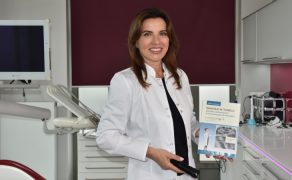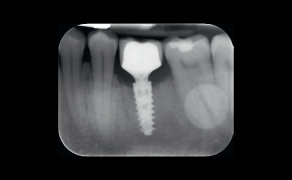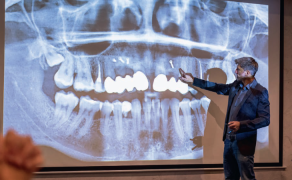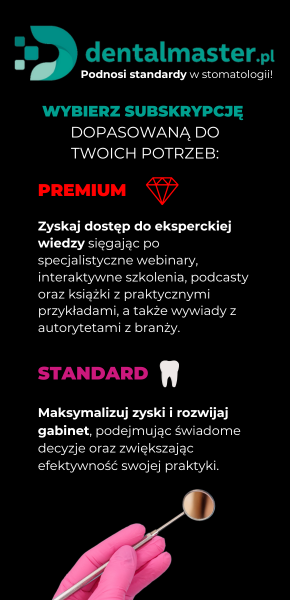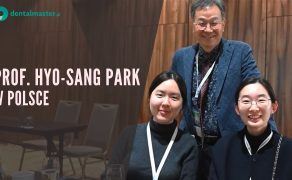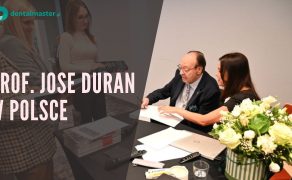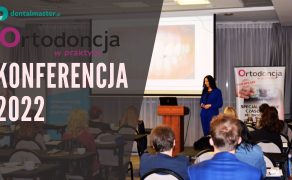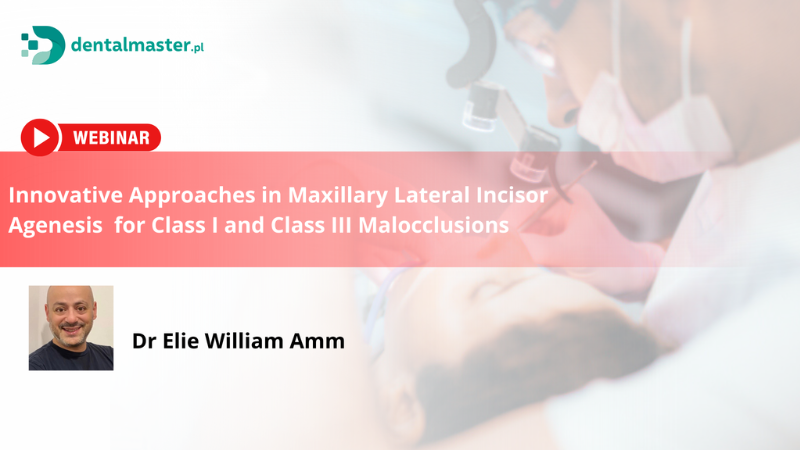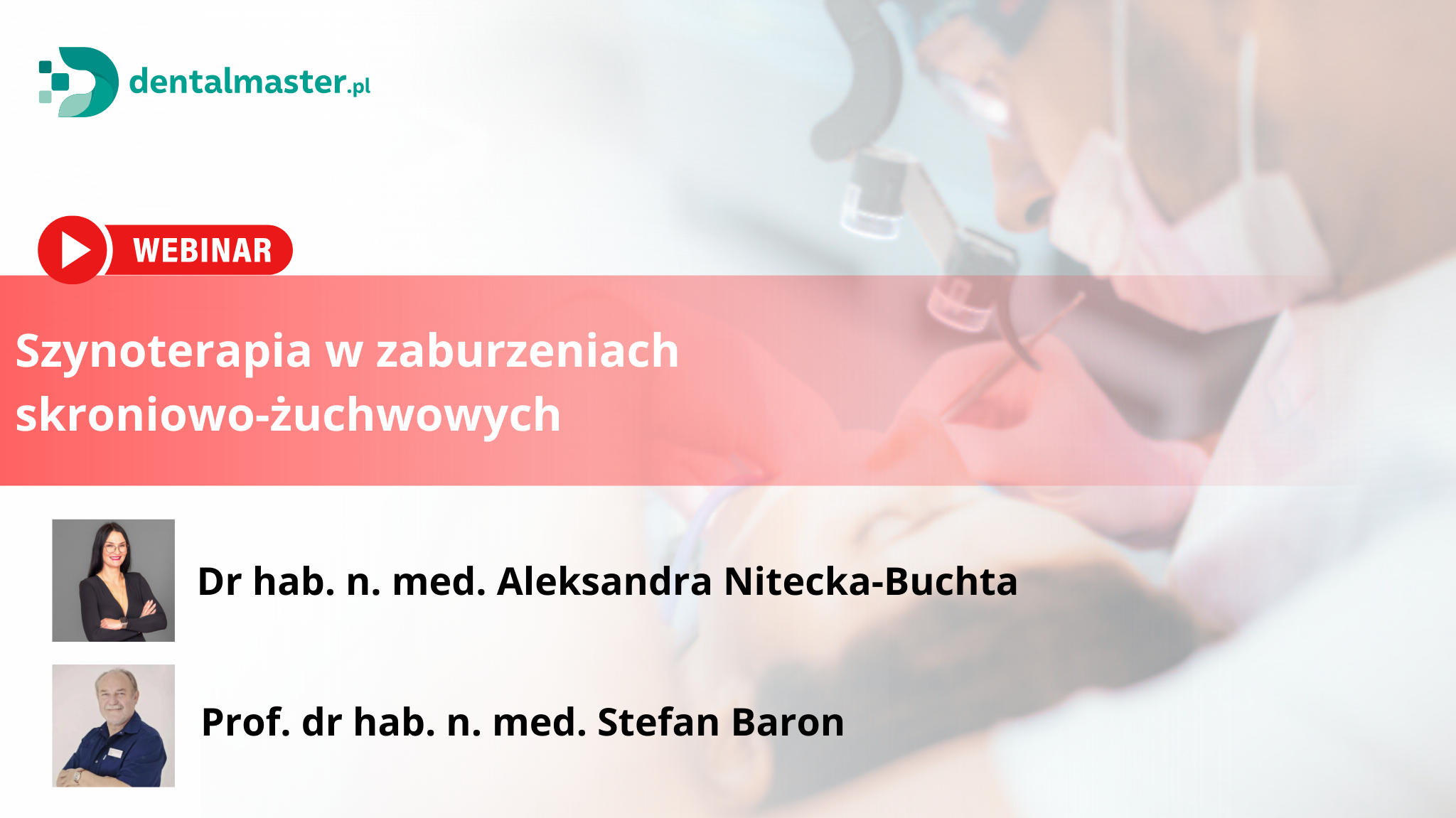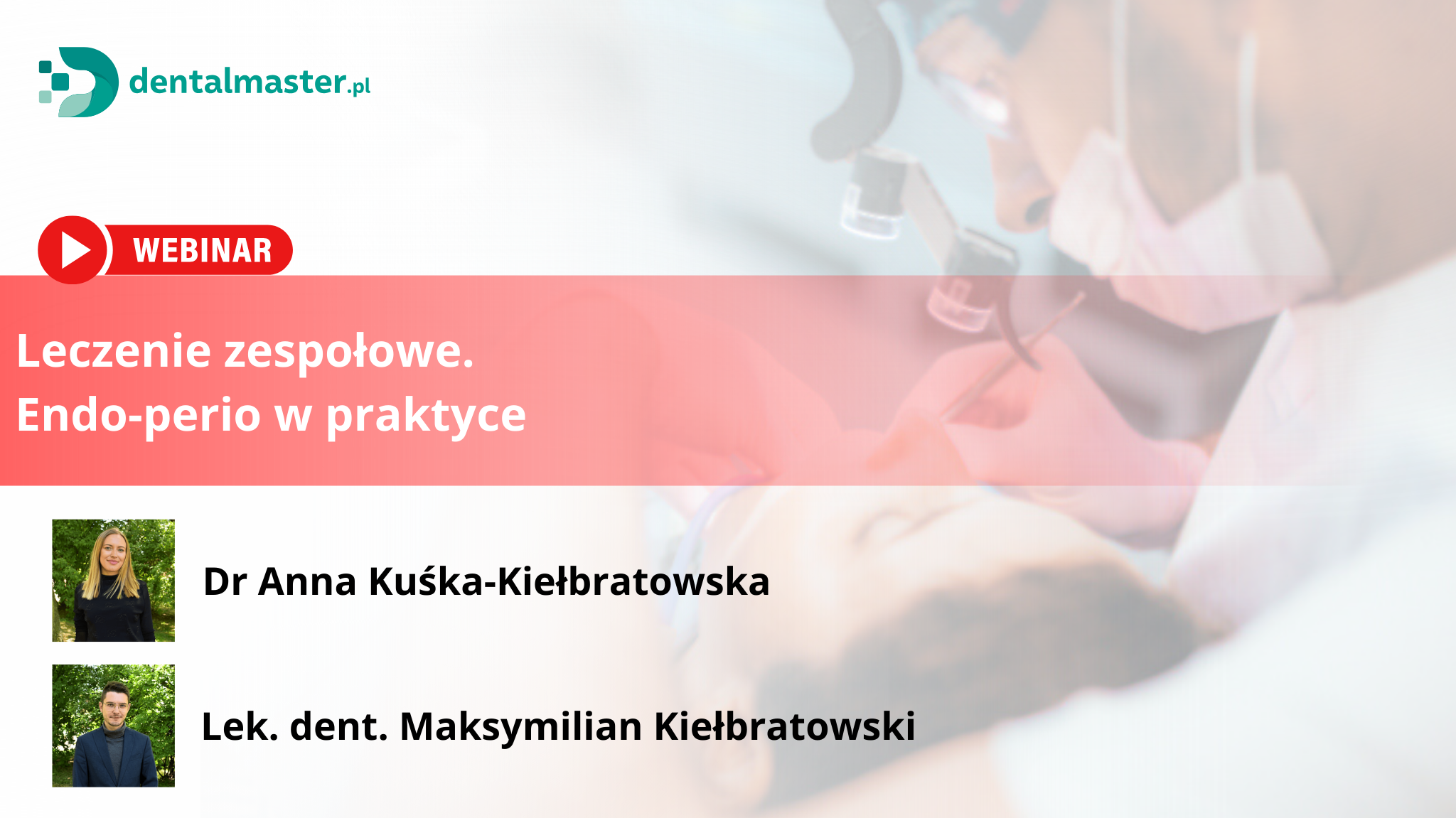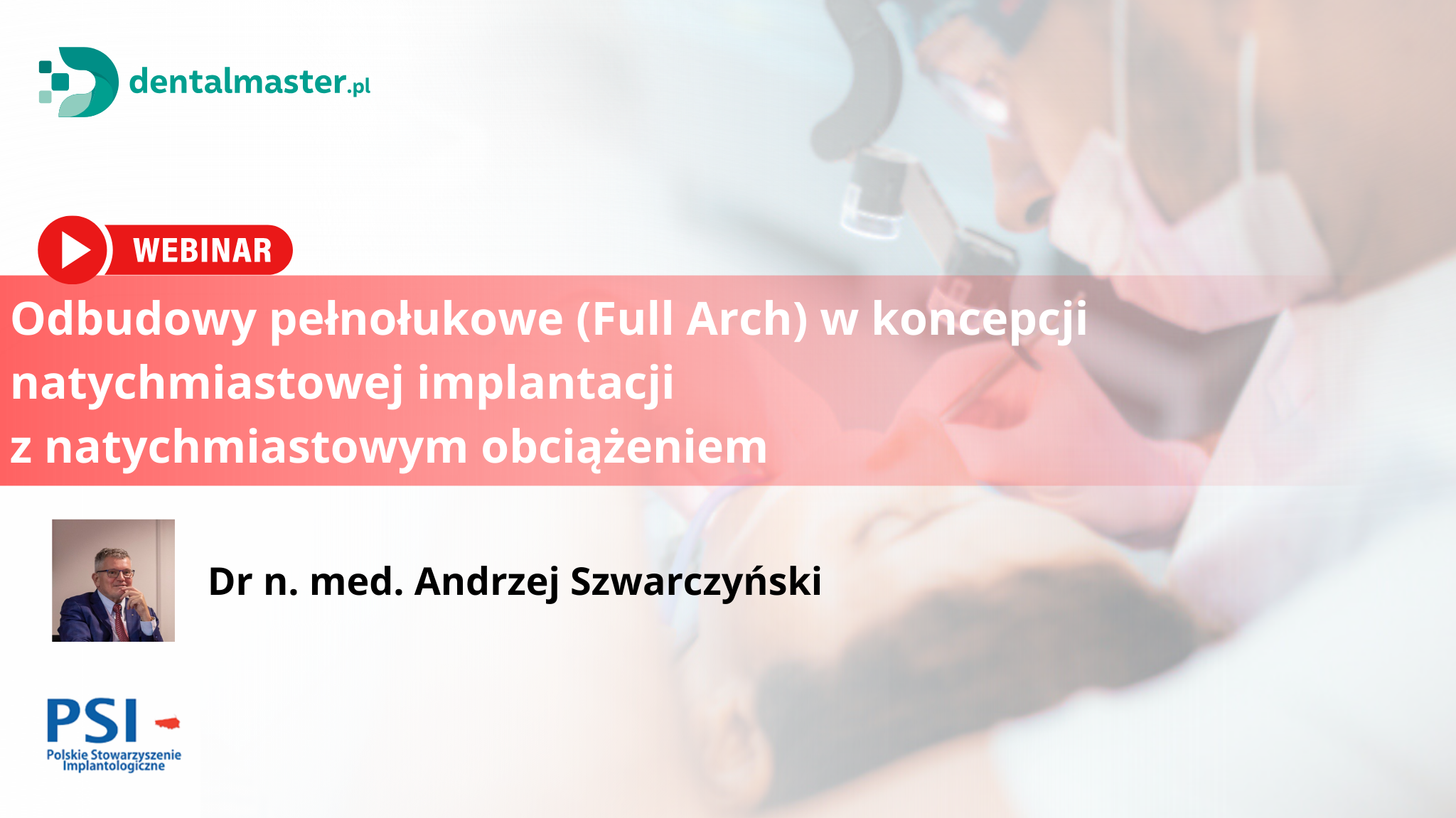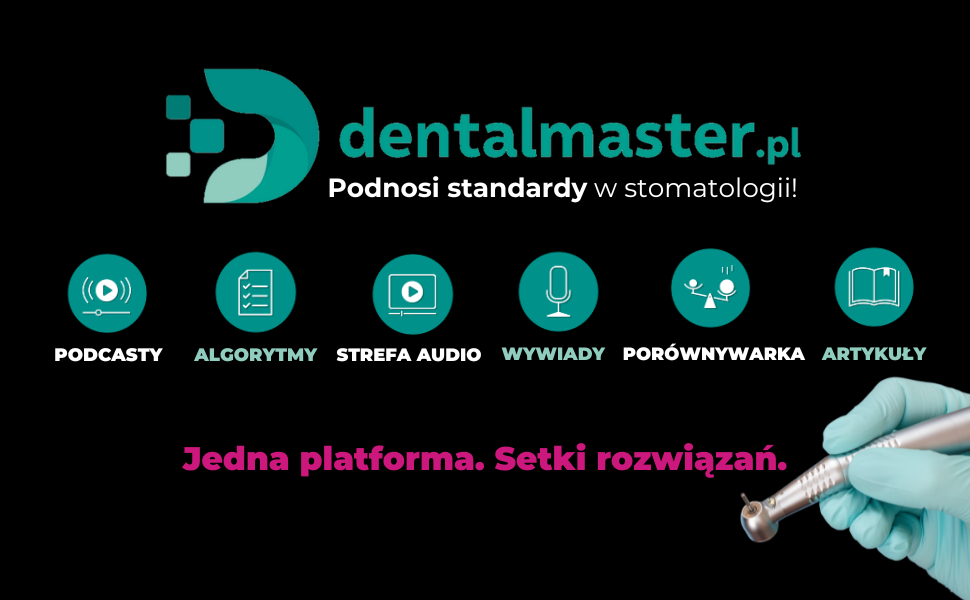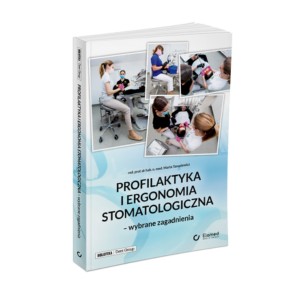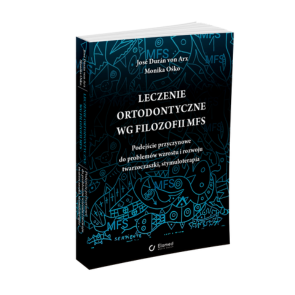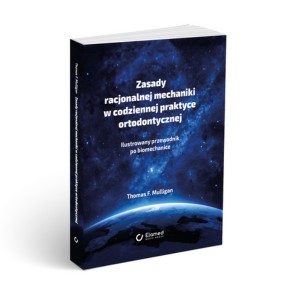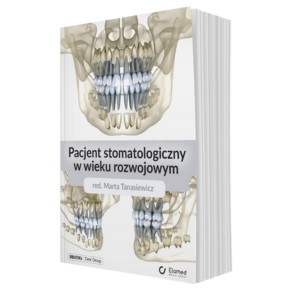Endokorona – alternatywna metoda odbudowy zębów trzonowych leczonych endodontycznie ze znaczną destrukcją korony
We used a cylindrical-conical diamond bur with a total occlusal convergence of 7° to create continuity between the coronal pulp chamber and endodontic access cavity. The bur was orientated along the long axis of the tooth; the preparation was done without too much pressure and without touching the pulpal floor.
Removing too much tissue from the pulp chamber walls will reduce their thickness and the width strip of enamel. The depth of the cavity must be at least 3 mm.
The entrance to the pulpal canal was opened. Gutta-percha was removed to a depth not exceeding 2 mm to profit from the saddle-like anatomy of the cavity floor. Nonabrasive instrument was required to maintain the integrity of the canal entrance. No drilling of dentin was carried out. The remaining tooth structure was still strong (fig. 4).
We ended the preparation with lining the root canal entrances with glass ionomer cement to protect the orifice of the canal (fig. 5).
After evaluating the entire cavity and the interocclusal space, the impression of the tooth was taken by double impression technique using additional silicone. After visualization and analysis of the quality of the impression, we selected the ceramic shade and sent the impression to the laboratory.
A provisional acrylic resin restoration was made by using block technic and cemented with eugenol-free [...]

którzy są subskrybentami naszego portalu.
i ciesz się dostępem do bazy merytorycznej wiedzy!



